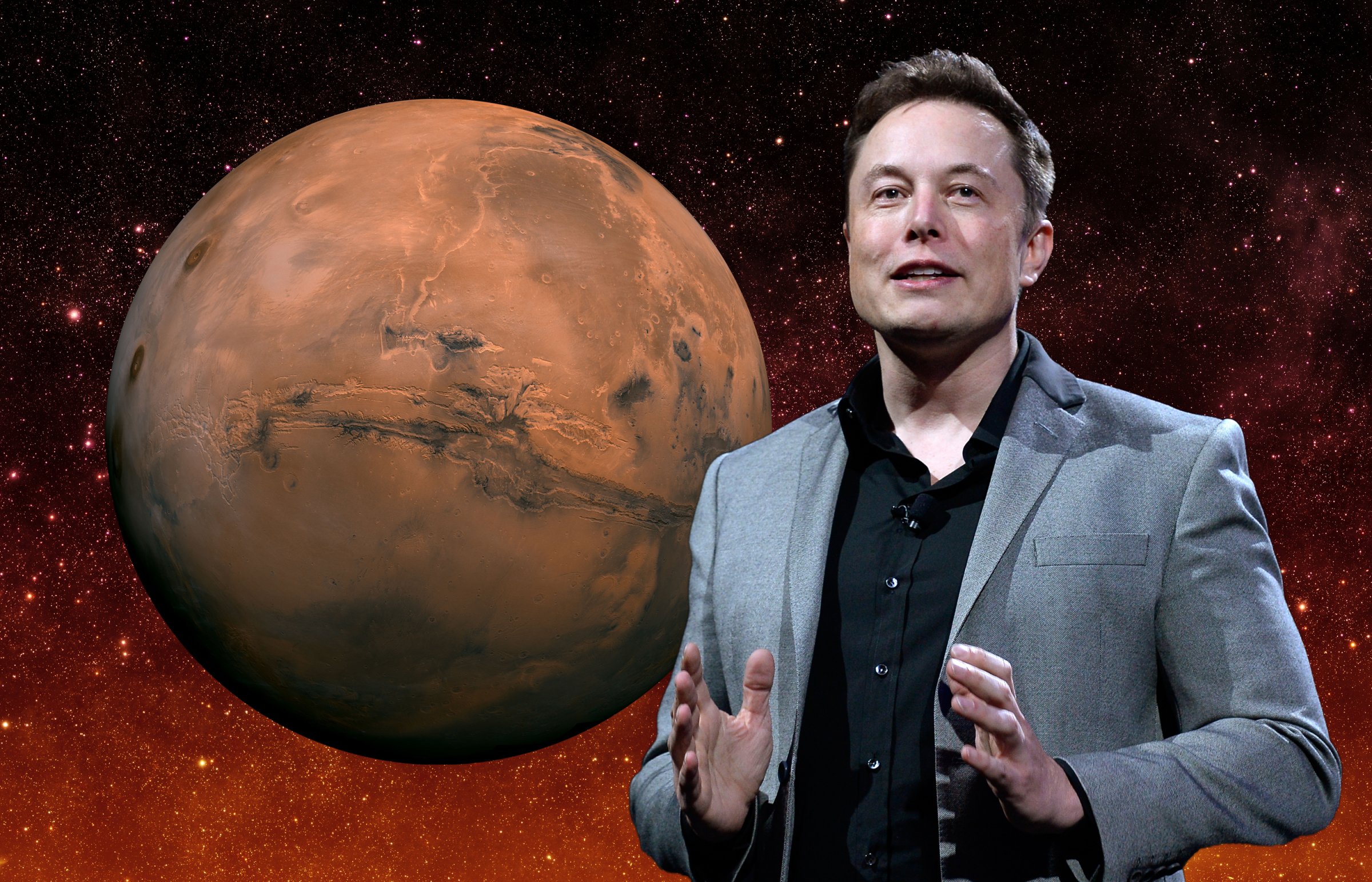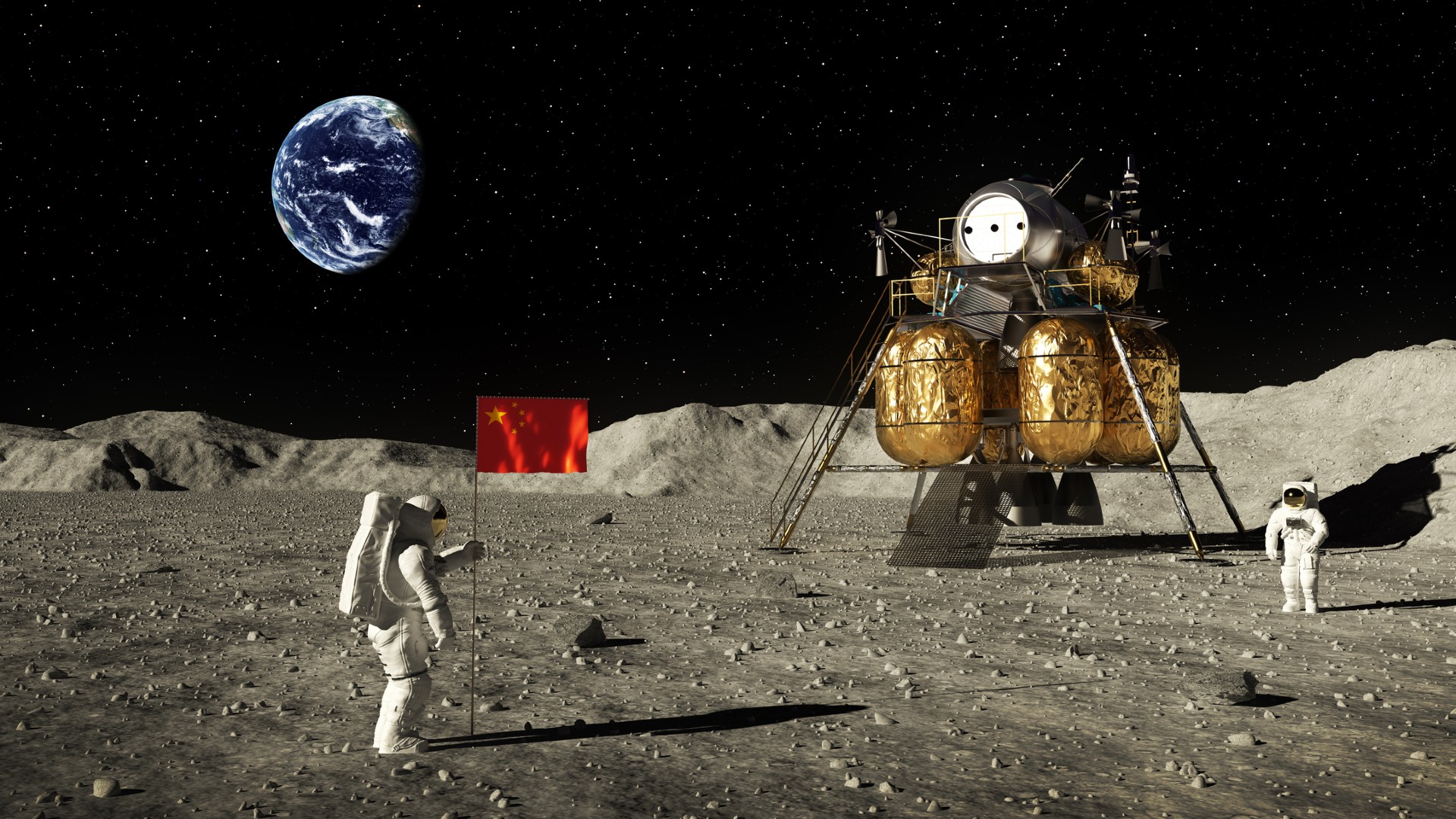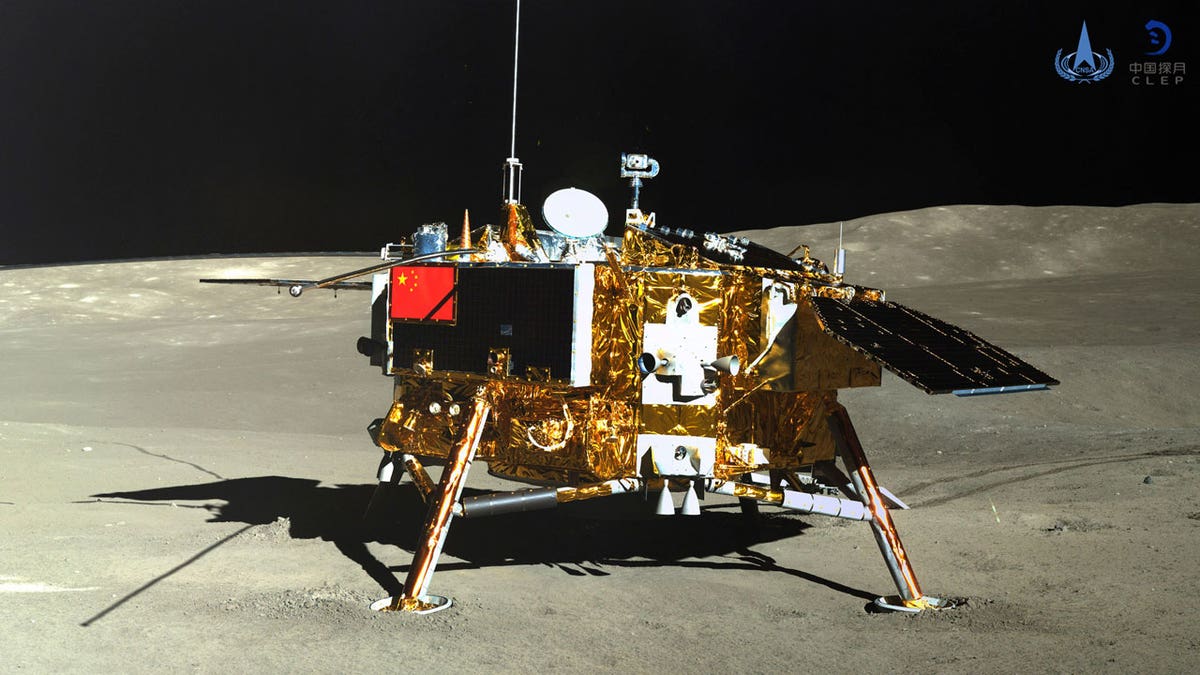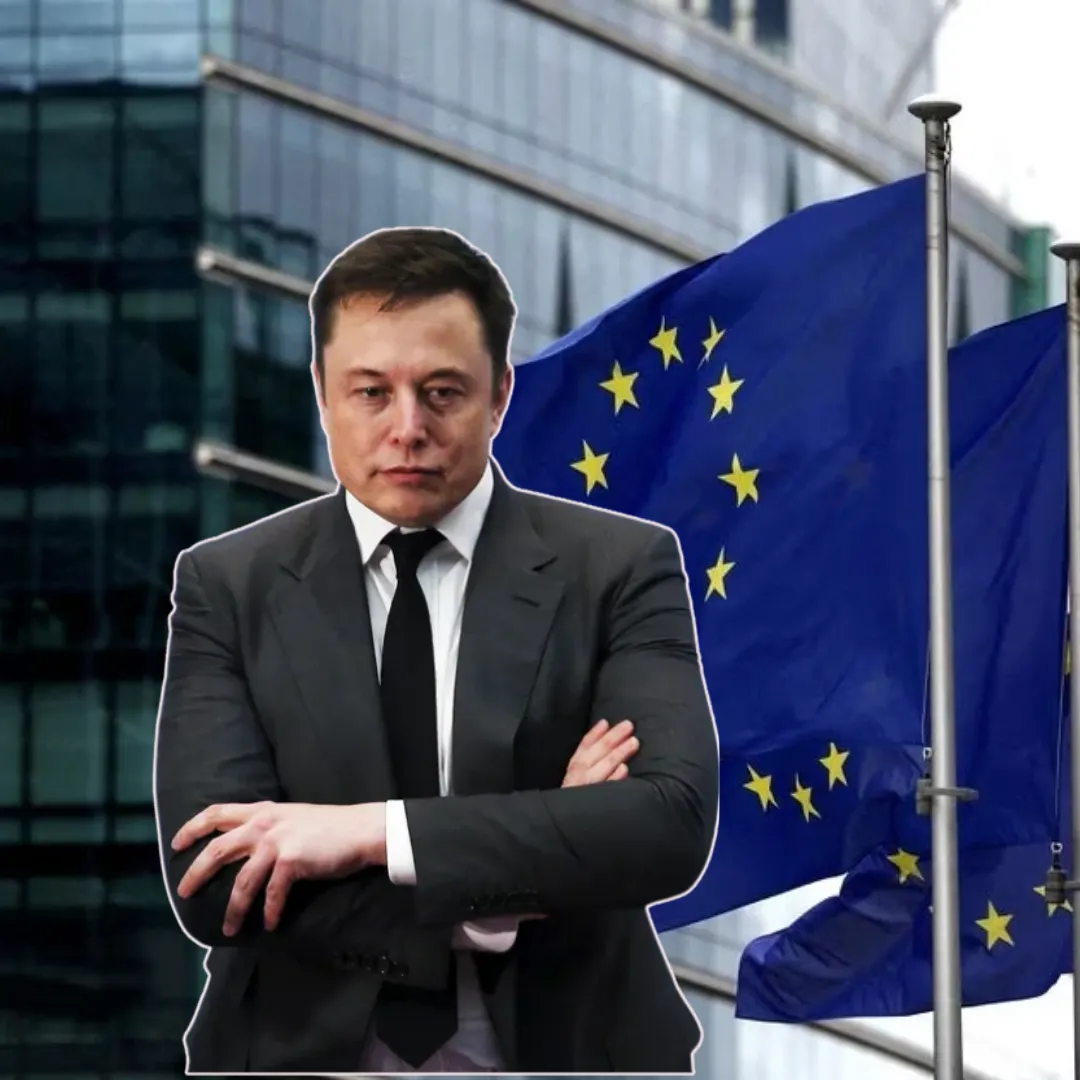
As Elon Musk points his rockets toward the red horizon of Mars, another power is staking its claim on something much closer—and perhaps far more strategically vital. While the world marvels at the billionaire's grand vision for a Martian settlement named "Terminus," China has been quietly accelerating a campaign to establish dominance on the Moon, particularly at its south pole.
And as Washington buys into the Martian dream, the real high ground in space—the Moon and the surrounding cis-lunar orbit—is at risk of falling entirely under Beijing’s control.
Musk has publicly dismissed NASA’s lunar ambitions as a “distraction,” opting instead to pursue direct colonization of Mars. His Mars-centric strategy has deeply influenced U.S. space discourse and shifted attention, resources, and excitement away from the Moon.
In his second inaugural address, President Donald Trump echoed Musk’s vision, vowing to send an American to the Red Planet—yet made no mention of the Artemis program, NASA’s struggling initiative to return humans to the Moon.

But skipping the Moon may prove disastrous. Far from a barren wasteland, the Moon’s south pole is believed to harbor vast quantities of water ice and extended periods of sunlight, making it an ideal staging ground for long-term human presence and resource extraction.
It is also the most strategic location for monitoring, controlling, and defending access to cis-lunar space—the vast volume of orbit between the Earth and Moon, which serves as the key transit corridor for satellites, spacecraft, and interplanetary missions.
China is moving rapidly. Since its first lunar landing in 2013 with Chang’e-3, Beijing has executed a series of increasingly ambitious missions. Chang’e-4 landed on the Moon’s far side in 2019, gathering critical data about potential future settlements.
Sample-return missions with Chang’e-5 and Chang’e-6 have expanded China’s lunar footprint. In 2021, China and Russia jointly signed a memorandum of understanding to construct the International Lunar Research Station near the Moon’s south pole, aiming for a permanent presence by 2035.

Yet China’s ambitions go far beyond research. In a now-infamous statement, Ye Peijian, the head of China's lunar program, likened the Moon to disputed territories in the South and East China Seas. "The universe is an ocean, the Moon is the Diaoyu Islands, Mars is Huangyan Island,” he said in 2017, making clear that Beijing views celestial bodies through a lens of territorial control.
“If others go there, then they will take over, and you won’t be able to go even if you want to,” he warned.
This is not just rhetoric. According to American officials, Beijing’s language and actions suggest it intends to assert exclusive rights over lunar territory under the guise of scientific research.
Former NASA Administrator Bill Nelson has cautioned that China could one day declare, “Keep out, we’re here, this is our territory.” That declaration could come at a moment when America is still daydreaming about Martian settlements that are technologically and logistically years, if not decades, away.

Richard Fisher, a senior fellow at the International Assessment and Strategy Center, warns that Chinese dominance of the Moon would hand Beijing control over cis-lunar space. From that vantage point, China could monitor or even disable American deep-space satellites, which are crucial for missile detection, communications, and defense systems. This control could also inhibit future American or allied missions beyond Earth’s orbit.
Brandon Weichert, author of Winning Space: How America Remains a Superpower, frames the space race as a battle for the strategic high ground. “The quest to control not only the orbits around the Earth, but also to place permanent manned facilities on the lunar surface and eventually on Mars” is not merely about exploration, he says, but about asserting geopolitical and military dominance.
China, he adds, fully grasps the military and economic implications of space superiority—perhaps more than the United States does.
Indeed, the contrast in strategies is stark. Since the 1990s, China has built a dual-use space program with both civilian and military objectives. Its satellite arsenal includes so-called “dogfighting” satellites capable of destroying others in orbit. It is also developing weaponized platforms that could be deployed not only in Earth orbit, but also around the Moon and Mars to ensure Chinese supremacy in every domain.

NASA, by contrast, has suffered from mission drift and budgetary uncertainties, compounded by political infighting and an over-reliance on the private sector. The Artemis program—America’s flagship effort to return to the Moon—remains years behind schedule.
Although Trump’s newly appointed NASA Administrator, Jared Isaacman, insists that the U.S. can pursue both Moon and Mars, many insiders are skeptical. The ecosystem of public-private partnerships that Isaacman references, including NASA, the U.S. Space Force, and startups like Blue Origin, still lacks the cohesion and urgency of China’s top-down state-led effort.
And then there’s Elon Musk himself. While undeniably brilliant, Musk’s obsession with Mars may be inadvertently undermining America’s immediate space priorities.
His vision is seductive: a self-sustaining civilization on Mars, built by Starships launched every 26 months during favorable planetary alignments. He has even named the first settlement: Terminus, a nod to finality, perhaps destiny. But there is a growing concern that this vision is distracting the U.S. from tangible, achievable objectives on the Moon.

In shifting its gaze too far ahead, America risks ceding the near term to a rival with a more grounded, calculated strategy. While Musk builds ships for Mars, China is building outposts on the Moon. The Moon, ironically, is also the key to Mars—it is the most logical location for a refueling station, a launch base, a shielded facility for life support and command.
In bypassing it, America may be forfeiting its advantage in the entire solar system.
NASA insiders have begun to grumble about the imbalance of attention. Some view Musk’s Mars-first crusade as a vanity project that has captured the political imagination at the expense of scientific strategy.
Others are openly alarmed by the lack of public urgency regarding China’s moves. They note that Beijing’s selection of "Zhurong" for its Mars rover—a name referencing not just the Chinese god of fire, but also the god of war and the South China Sea—was no accident. It was a veiled signal: China's space ambitions are intrinsically linked to its geopolitical vision.
The Moon, in this emerging reality, is no longer a symbol of peaceful exploration. It is the next frontier of military positioning, economic leverage, and technological supremacy. If the United States allows China to monopolize it, the costs will extend far beyond national pride—they will reshape the balance of power in space, on Earth, and everywhere in between.
And all the while, Elon Musk will still be looking at the red dust of Mars, dreaming of Terminus, as the American flag fades from the Moon and a red one rises in its place.


-1745993418-q80.webp)
